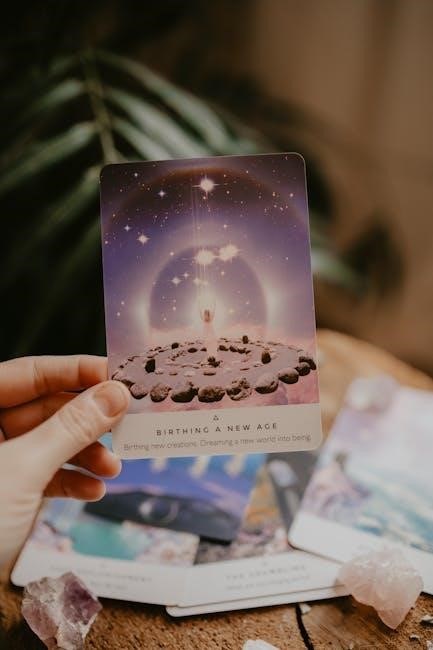Perfume is a blend of essential oils and aroma compounds, creating unique scents that evoke emotions and define personal identity. This guide explores its world, helping you discover, choose, and enjoy the perfect fragrance with confidence and elegance.
1.1 Understanding the Basics of Perfume
Perfume is a delicate blend of essential oils, aroma compounds, and solvents, typically alcohol, that create distinctive scents. Concentration levels like eau de toilette, eau de parfum, and parfum determine longevity. Fragrances unfold in notes: top notes for immediate impact, middle notes for depth, and base notes for lasting impression. Understanding these elements helps in appreciating how perfumes are crafted and experienced.
1.2 The Importance of Fragrance in Daily Life
Fragrance plays a significant role in daily life, serving as a personal identifier and mood enhancer. Scents can evoke emotions, boost confidence, and create lasting impressions. Perfume helps individuals express their personality and style, making it a vital part of grooming and self-care. Whether for everyday wear or special occasions, the right fragrance can elevate one’s presence and leave a memorable impact.
Fragrance Families
Fragrance families categorize scents into groups like floral, citrus, woody, oriental, and fresh, helping you identify and choose perfumes that suit your taste and preferences.
2.1 Overview of Perfume Families
Perfume families are broad categories that classify fragrances based on their dominant scent characteristics. These families include floral, citrus, woody, oriental, and fresh, among others. Each family offers a unique olfactory experience, helping individuals identify scents that align with their preferences. Understanding these categories simplifies the process of selecting perfumes, making it easier to navigate the vast world of fragrances with confidence and clarity.
2.2 Popular Fragrance Categories
Popular fragrance categories include floral, citrus, woody, and oriental scents. Floral perfumes feature blooms like roses and jasmine, while citrus options highlight fresh notes of lemon and bergamot. Woody fragrances often blend cedar and sandalwood, offering earthy tones. Oriental scents combine spices and amber, creating rich, warm aromas. These categories cater to diverse tastes, ensuring there’s a fragrance for every preference and occasion, from casual wear to formal events.
Concentration of Perfume
Perfume concentration refers to the amount of essential oils in a fragrance. Common types include Eau de Cologne, Eau de Toilette, Eau de Parfum, and Parfum, varying in longevity and potency.
3.1 Understanding Eau de Cologne, Eau de Toilette, and Parfum
Eau de Cologne, Eau de Toilette, and Parfum differ in fragrance concentration and longevity. Eau de Cologne (3-5% essential oils) lasts 2-4 hours, ideal for fresh, light scents. Eau de Toilette (5-15%) offers moderate longevity, perfect for everyday use. Parfum (15-30%) is the most concentrated, providing a rich, long-lasting fragrance, suitable for special occasions or signature scents.
3.2 Choosing the Right Concentration for Different Occasions
Concentration levels of perfume are tailored for specific occasions. Eau de Cologne is ideal for casual, daytime events due to its light and refreshing quality. Eau de Toilette suits daily wear, offering a moderate scent. Parfum, with its intense and long-lasting fragrance, is perfect for evening events or formal gatherings, ensuring a sophisticated and memorable presence throughout the night.
Perfume Notes
Perfume notes are layered scents that unfold over time, creating a dynamic fragrance experience. They consist of top notes, middle notes, and base notes, each contributing uniquely to the overall aroma and longevity of the perfume.
4.1 Top Notes: The Initial Scent
Top notes are the initial scents you smell when applying perfume. They are typically light and fresh, providing the first impression. These notes usually consist of citrus, green, or fruity aromas and evaporate quickly, lasting from 15 minutes to an hour. Their purpose is to grab attention and set the tone for the fragrance’s development.
4.2 Middle Notes: The Heart of the Fragrance
Middle notes, also known as the “heart” of the fragrance, emerge after the top notes fade. They are richer and more complex, often featuring floral, spicy, or fruity scents. These notes bring depth and warmth, lasting several hours. They balance the fragrance, connecting the initial top notes to the base notes, and are crucial in defining the perfume’s character and emotional appeal.
4.3 Base Notes: The Long-Lasting Scent
Base notes are the final layer of a fragrance, appearing after the middle notes settle. Rich and deep, they often feature woody, musky, or amber scents. These notes linger on the skin for hours, providing warmth and depth. They anchor the fragrance, ensuring longevity and leaving a lasting impression. Base notes are essential for a perfume’s persistence and are often associated with comfort and sensuality.
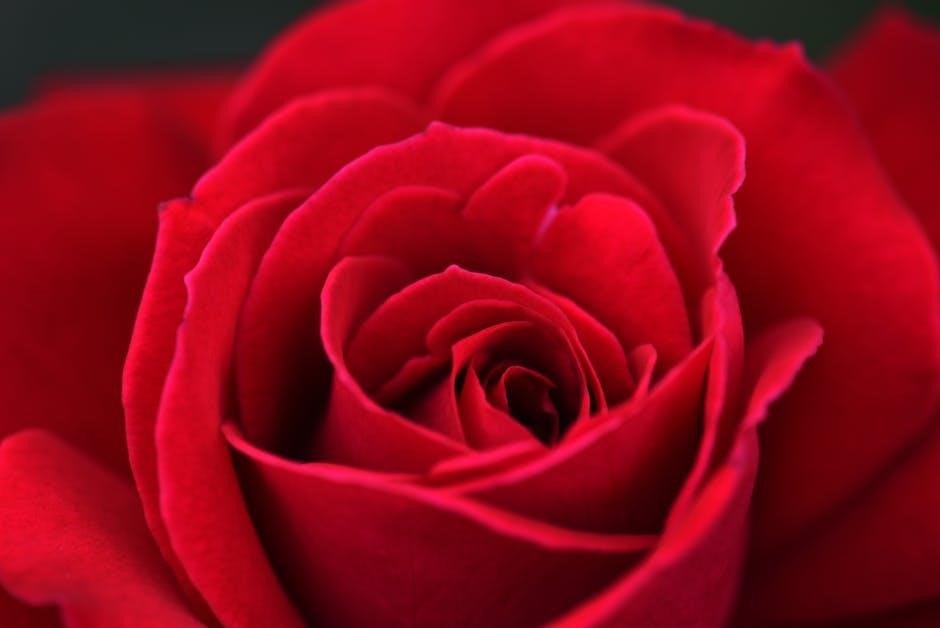
Tips for Choosing the Perfect Perfume
Choosing the right perfume involves understanding personal preferences, lifestyle, and fragrance notes. Test scents on skin, wait for notes to unfold, and consider occasion and season for the best match.
5.1 Considering Personal Preferences and Lifestyle
When selecting a perfume, consider your personal taste, lifestyle, and daily activities. Think about whether you prefer floral, woody, or citrus scents. If you’re active, opt for light, fresh fragrances. For evening events, richer, deeper notes may suit better. Your lifestyle influences how often you’ll apply perfume and the longevity you need. Match your scent to your unique rhythm and preferences for a signature aroma that complements your life.
5.2 Testing Perfumes: A Step-by-Step Guide
- Apply a small amount to your wrist or behind the ear.
- Allow the fragrance to settle for 10-15 minutes to experience the full evolution of notes.
- Test on your skin, as scent behaves differently on individuals.
- Avoid rubbing, as it can alter the fragrance’s natural development.
- Compare multiple options side by side to identify preferences.
- Revisit after 30 minutes to assess longevity and base notes.
Application Tips
Apply perfume to pulse points like wrists and behind the ears. Spray, don’t rub, to preserve the scent. Reapply as needed for lasting fragrance throughout the day.
6.1 How to Apply Perfume Correctly
Apply perfume to pulse points like wrists, neck, and behind ears. Gently spray, avoiding rubbing, to prevent breaking down fragrance molecules. For longer-lasting scent, moisturize skin first or layer with complementary lotions. Spray 6-8 inches away to ensure even coverage. Avoid over-application to keep the fragrance subtle and refined throughout the day.
6.2 Maximizing Longevity of Fragrance
To extend fragrance longevity, apply perfume to moisturized skin and avoid rubbing. Store bottles in a cool, dark place to preserve scent. Layering with matching body products enhances duration. Use concentration levels wisely; parfum lasts longest. Reapply sparingly during the day for a consistent, alluring presence without overpowering those around you.
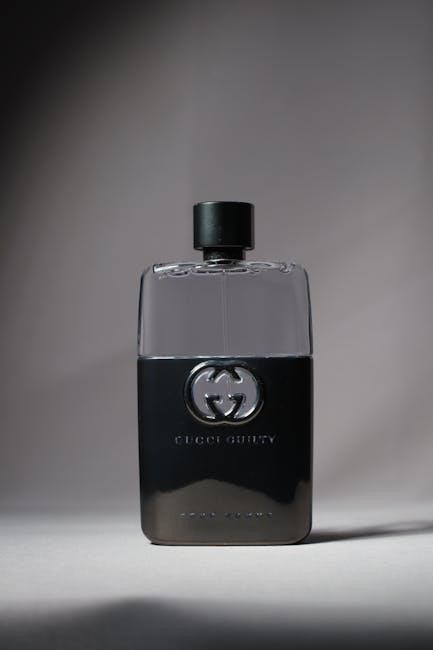
Popular Perfume Brands
Discover luxury brands like Chanel and Dior, known for timeless elegance, and explore niche labels offering unique, exclusive scents, as well as affordable options like Calvin Klein and Marc Jacobs.
7.1 Luxury and Niche Fragrance Brands
Luxury brands like Chanel and Dior offer sophisticated, high-quality fragrances with intricate compositions. Niche brands such as Byredo and Tom Ford create exclusive, unique scents using rare ingredients, catering to discerning perfume enthusiasts who seek distinctive aromas.
7.2 Affordable and Accessible Perfume Options
Affordable perfumes from brands like Coty and The Body Shop offer quality fragrances at budget-friendly prices. These options are perfect for everyday use, providing a variety of scents without compromising on appeal. They cater to those who desire a stylish aroma without the luxury price tag, making perfume accessible to everyone.
Seasonal Perfume Selection
Seasonal perfumes adapt to weather and mood. Light florals and citrus are ideal for spring and summer, while warmer spices and woody notes suit autumn and winter.
8.1 Spring and Summer Fragrances
Spring and summer call for light, refreshing scents. Citrus-based fragrances, floral notes, and aquatic accents are perfect for warmer weather. Opt for perfumes with bergamot, lemon, or marine accords for a revitalizing feel; These scents are uplifting and airy, ideal for daytime wear. Consider Eau de Toilette or Eau de Cologne concentrations for a subtle, long-lasting aroma that complements the season’s vibrant energy and outdoor activities.
8.2 Autumn and Winter Fragrances
Autumn and winter fragrances are rich and warm, often featuring spicy, woody, and oriental notes. Scents like cinnamon, nutmeg, and amber create a cozy feel, while cedarwood and sandalwood add depth. These perfumes are ideal for colder months, offering comfort and sophistication. Opt for Parfum or Eau de Parfum concentrations for longer-lasting warmth and a luxurious aroma that complements the season’s cozy atmosphere and festive occasions.
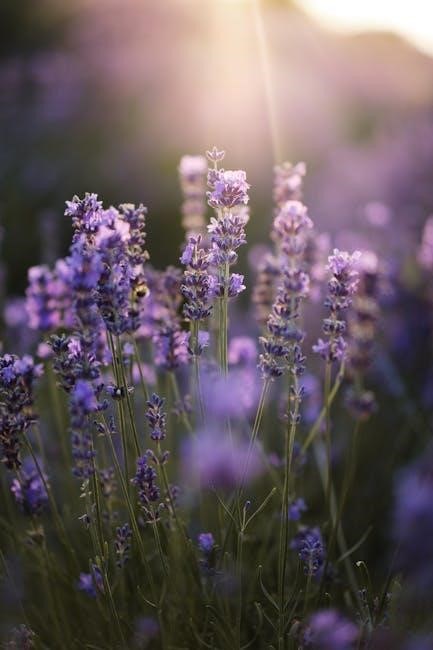
Perfume and Budget
Perfume can fit any budget, with options ranging from affordable to luxury. Quality fragrances exist at various price points, allowing everyone to find a scent that suits their style and wallet, ensuring affordability without compromising on elegance or longevity.
9.1 Finding Quality Perfumes at Different Price Points
Quality perfumes exist across all price ranges, from affordable to luxury. For budget-friendly options, consider niche brands or smallerfragrance houses offering unique scents. Mid-range perfumes often provide excellent value, balancing quality and affordability. Luxury brands deliver exclusive ingredients and craftsmanship. Always test fragrances, read reviews, and explore samples to ensure the scent suits your taste and budget, regardless of price.
9.2 Investment Pieces: High-End Perfumes
High-end perfumes are crafted with rare ingredients and meticulous artistry, offering complex, long-lasting scents. These luxury fragrances are often presented in elegant packaging, making them treasured possessions. While pricey, they provide a unique sensory experience and personal satisfaction. Investing in such perfumes is about more than fragrance—it’s a statement of style and sophistication, perfect for special occasions or as a lasting personal indulgence.
Fragrance Longevity and Sillage
Fragrance longevity and sillage determine how long a scent lasts and its noticeable trail. Understanding these factors helps choose perfumes that suit personal preferences and occasions perfectly.
10.1 Understanding Fragrance Longevity
Fragrance longevity refers to how long a perfume lasts on the skin. It varies based on concentration, notes, and individual skin type. Lightweight fragrances like eau de cologne typically fade faster, while parfum, with higher oil content, lasts longer. Understanding longevity helps in selecting scents that suit different occasions and personal preferences effectively.
10.2 What is Sillage and How Does it Impact Your Choice
Sillage refers to the trail or presence of fragrance left behind as you move. It impacts your choice by determining how noticeable your scent is to others. Stronger concentrations and base notes contribute to a more pronounced silage. Consider your lifestyle and preferences: subtle silage suits intimate settings, while a bold trail may be ideal for making a statement in social or professional environments.
Storing Perfume
Store perfume in a cool, dark place, away from sunlight and heat. Avoid bathrooms due to humidity and temperature fluctuations. This preserves fragrance quality and longevity.
11.1 Best Practices for Maintaining Perfume Quality
To maintain perfume quality, store bottles in a cool, dark place away from direct sunlight and heat sources. Avoid exposure to humidity, such as in bathrooms, as it can degrade the fragrance. Keep the cap tightly sealed to prevent oxidation and evaporation. Never refrigerate or freeze perfume, as this can alter its chemical composition. Always use clean applicators and avoid touching the nozzle to prevent contamination, ensuring the scent remains vibrant and true to its original form for a longer period. Proper storage extends shelf life and preserves the integrity of the fragrance, allowing you to enjoy it consistently over time.
11.2 How to Store Perfume to Extend Its Shelf Life
Store perfume in a cool, dark place, such as a drawer or cupboard, away from direct sunlight and heat sources. Use the original box if possible to protect from light. Avoid storing in humid areas like bathrooms. Keep the bottle upright to prevent leakage and oxidation. Do not refrigerate or freeze, as extreme temperatures can alter the fragrance. Proper storage ensures longevity and freshness.
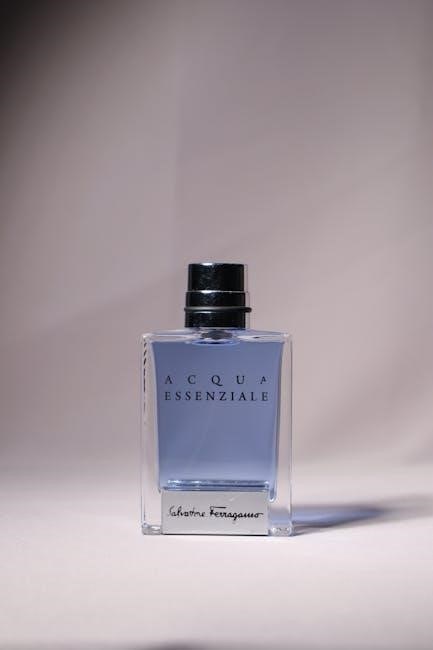
Perfume Layering
Perfume layering is the art of combining different fragrances to create a unique, complex scent. This technique allows for personalization and depth, enhancing individuality and creativity.
12.1 The Art of Layering Fragrances
Layering fragrances involves blending different scents to create a unique aroma. Start with a base note, add a middle note for depth, and finish with a top note for freshness. Experiment with complementary or contrasting scents to craft a personalized fragrance that reflects your style and mood. This technique enhances longevity and complexity.
12.2 Creating a Unique Scent Through Layering
Layering fragrances allows you to craft a scent that’s uniquely yours. Start with a base like vanilla or musk, add a middle note such as lavender or rose, and finish with a fresh top note like citrus or mint. This method lets you customize your fragrance, ensuring it evolves throughout the day and leaves a lasting impression that’s distinctly personal.
Common Mistakes to Avoid
Avoid rubbing perfume on skin, as it alters the scent. Over-spraying can overwhelm, while underapplying reduces longevity. Apply to pulse points for optimal diffusion and enjoyment.
13.1 Mistakes When Choosing and Applying Perfume
Common errors include not testing fragrances on skin, which can alter scent perception. Overapplying is another mistake, as it can overwhelm. Applying perfume to clothing rather than pulse points reduces longevity. Additionally, not considering seasonal suitability or personal preferences leads to poor choices. Proper application and sampling are key to finding the right fragrance.
13.2 How to Avoid Overpowering Scents
To prevent overwhelming scents, apply perfume sparingly and focus on pulse points. Avoid layering too many fragrances. Choose lighter concentrations like eau de toilette for daily use. Test scents in moderation and consider the occasion. Proper application ensures a subtle, pleasant aroma that’s not overwhelming to others. Balance is key for a refined fragrance experience.
Exploring the world of perfume empowers you to make informed choices, enhancing your personal style and confidence. Embrace fragrance as a lifelong journey of discovery and enjoyment.
14.1 Final Tips for Building Your Perfume Wardrobe
Start by identifying your scent preferences and lifestyle needs. Test fragrances on your skin to ensure compatibility. Consider occasion-specific perfumes for versatility. Experiment with layering to create unique scents. Invest in quality over quantity, and explore niche brands for exclusivity. Regularly refresh your collection to keep your fragrance wardrobe exciting and tailored to your evolving tastes.
14.2 The Future of Perfume: Trends and Sustainability
The future of perfume lies in sustainability and innovation. Eco-conscious brands are prioritizing ethically-sourced ingredients and recyclable packaging. Synthetic and biotech-derived notes are gaining popularity for their consistency and environmental benefits. Personalization through bespoke fragrances is also on the rise, allowing consumers to craft unique scents. These trends reflect a shift towards a more responsible and customizable perfume industry.
